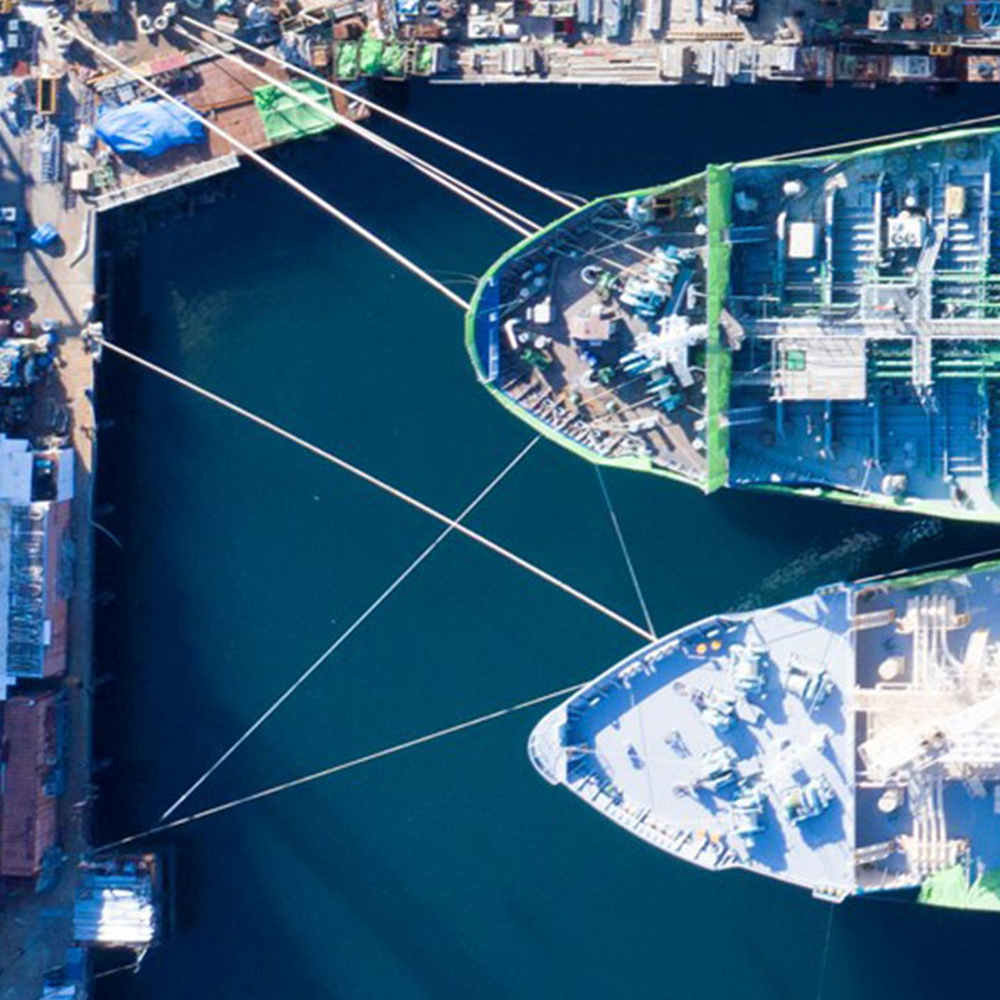With Greece’s maritime history stretching back thousands of years, it seems fitting that the quote that comes to describe my experiences in naval architecture is from the Greek philosopher, Heraclitus; ‘Change is the only constant in life.’ In fact, embracing change for the future safety and efficiency of the maritime industry was an essential driver for the creation of RINA in 1860, and for its predecessor, the Society for the Improvement of Naval Architecture in 1791. Engineers succeed by applying learnings from the past so they become lessons about the future, assisted by healthy doses of curiosity and creativity. Today, RINA’s mission is ‘to promote and facilitate the exchange of technical and scientific information, thereby to improve the design of vessels’, and I really believe that it’s as relevant today as it was when the Institution was founded.
Looking back at my first job, I realise that I witnessed the effects of rapid technological change at first hand. I served on a hydrographic vessel and really enjoyed draughting admiralty charts and manually working the echo sets, which were busy etching into carbon paper. It felt like one day I was collating oceanographic data for the hydrographic office, then overnight the process was automated and many aspects of my job were suddenly redundant. Further change was imminent, but at the time I was not concerned about Moore’s law, the digital revolution, or the advancement of autonomy, as I navigated my career path. I knew my experience was adaptable to new situations; I still believe there will always be a need for human intervention in the maritime industry, even if it may be in tandem with increased assistance from digital systems.
Now, we are taking remarkable steps towards sustainability and net-zero 2030/2050 targets and assessing the impacts of autonomy and AI. As engineers, we embrace the challenges ahead, as we have done in the past when developing construction materials, fuel, and propulsion systems. Our challenge is exciting, perhaps daunting; but that’s precisely why I decided on a career in naval architecture.
So, how can modern Naval Architects meet the challenge, and why do they need a professional body? RINA recognises that to tackle the challenges ahead, we must update our communication systems and digital tools, invest in people, training, and resources to proactively support everyone working in the wide variety of maritime sub-sectors, from Defence to Offshore Wind to Shipping to Yachts to STEM projects, and everything in between. Collectively, we understand the benefits of an independent knowledge centre providing the benchmark for research, debate, and learning. In addition, my focus is offering transparency, captivation, and engagement through a clear roadmap to demonstrate why an engineer should engage with the Institution.
Our committees and working groups are the place where the Institution fosters the relationship between industry and academic partners to discuss maritime safety, innovation and environmental issues with peers and fellow colleagues in an independent, open, and dynamic forum. There is something for everyone, either by engaging in training or technical seminars, presenting a paper, or getting involved in many of our programs. The benefits of continuous professional development and maintaining one’s career path, combined with networking, serve to improve communication, drive collaboration, and discuss the ideas we all must foster for our own innovation and thought leadership.
Some of the changes we see affecting our industry have been unpredictable. The Institution supports those who have struggled through the pandemic. We understand some students and younger engineers may have felt isolated, requiring the support of a mentor or ‘buddy’ system, and we have seen members step up to help.
Finally, what are the skills and capabilities of the modern Naval Architect? For me, the critical path remains the same. We must provide visioneering. Our inquisitive nature will drive innovation, but the speed of change is upon us. I consider myself a systems integrator, but I don’t feel that’s radically different from my work in some of the earlier roles in my career. As Naval Architects, it’s our responsibility to remain modern, up-to-date and forward-looking. The credibility of the maritime industry depends on it.







